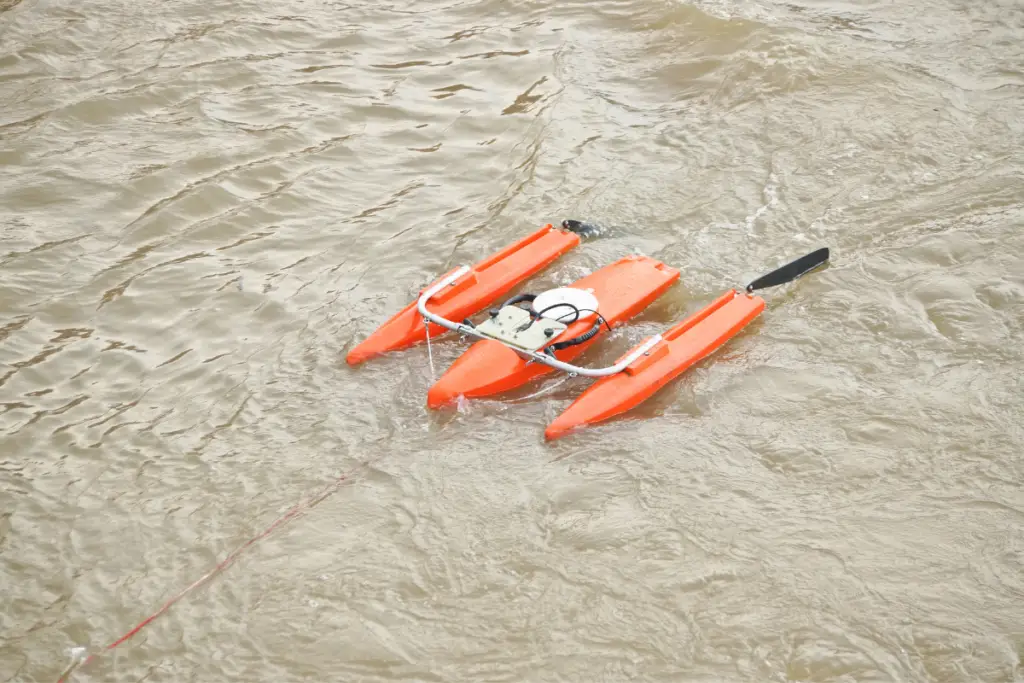When Benjamin Franklin was postmaster in the US colonies in his day, all letters and postal packages were transported across continents by ships and boats. He received numerous complaints in 1769 about the fact that mail ships from North America en route to Europe arrived much faster than the mail ship going in the opposite direction.
The ships traveling from Europe to North America took weeks longer than the mail ships which were gone in the opposite direction. Since he was the postmaster, mail delivery was very important to him. Franklin wanted to find out what was going on with the delayed mail delivery system.
Benjamin Franklin crossed the Atlantic by boat several times. He took temperature readings and made other observations of the ocean. He discovered that an ocean current was the cause of the delay. Ships going towards Europe were arriving faster by the prevailing current of that region. The Boats that were going towards North America were slowed down by the oceanic current flowing in the opposite direction. He called that oceanic current the Gulf Stream.
MAP OF THE OCEAN CURRENTS
Benjamin Franklin’s 1770 map of the Gulf Stream was the first map of the ocean current. The mapping of the course of the current was very helpful for all sailors. Franklin noticed many features that distinguished the water in the Gulf Stream from the surrounding ocean.
One of the most characteristic features of the Gulf Stream was its temperature difference. A knot is a unit of speed used in oceanographic studies.
KNOTS AND NAUTICAL MILES
One knot is equal to one nautical mile per hour or 1.852 kmph. One knot speed equals to 0.514444444 meter/second. The abbreviation kn is preferred by the International Hydrographic Organization (IHO).
INSTRUMENTS USED TO MEASURE OCEAN CURRENTS
Measurements of ocean currents are made using a variety of methods. A popular method of measuring ocean currents is to determine the water speed at a fixed location in the ocean. This type of measurement is called Eulerian, after the Swiss mathematician Leonhard Euler.
This is achieved through the use of electromechanical electricity meters. Current meters measure the speed of water flow at a single depth. The modern Acoustic Doppler Current Profiler (ADCP) also provides information about water flow and water depth. In addition, measurements are also done using radar-based equipment.
Another direct way to measure ocean currents is to mark lighter material with floats or use colored dyes. Sea currents close to the surface are measured by so-called drifters. The drifters are buoys that move on the sea surface and are thrown to a certain depth to negate the direct wind effects. Tracking this drifter (via satellite, radar, radio, sound, etc.) will provide a description of the ocean currents.
Sverdrup (Sv) is the basic unit of volume transport used in physical oceanography. That is equivalent to one million cubic meters of water flowing every second.

Erzsebet Frey (Eli Frey) is an ecologist and online entrepreneur with a Master of Science in Ecology from the University of Belgrade. Originally from Serbia, she has lived in Sri Lanka since 2017. Eli has worked internationally in countries like Oman, Brazil, Germany, and Sri Lanka. In 2018, she expanded into SEO and blogging, completing courses from UC Davis and Edinburgh. Eli has founded multiple websites focused on biology, ecology, environmental science, sustainable and simple living, and outdoor activities. She enjoys creating nature and simple living videos on YouTube and participates in speleology, diving, and hiking.

